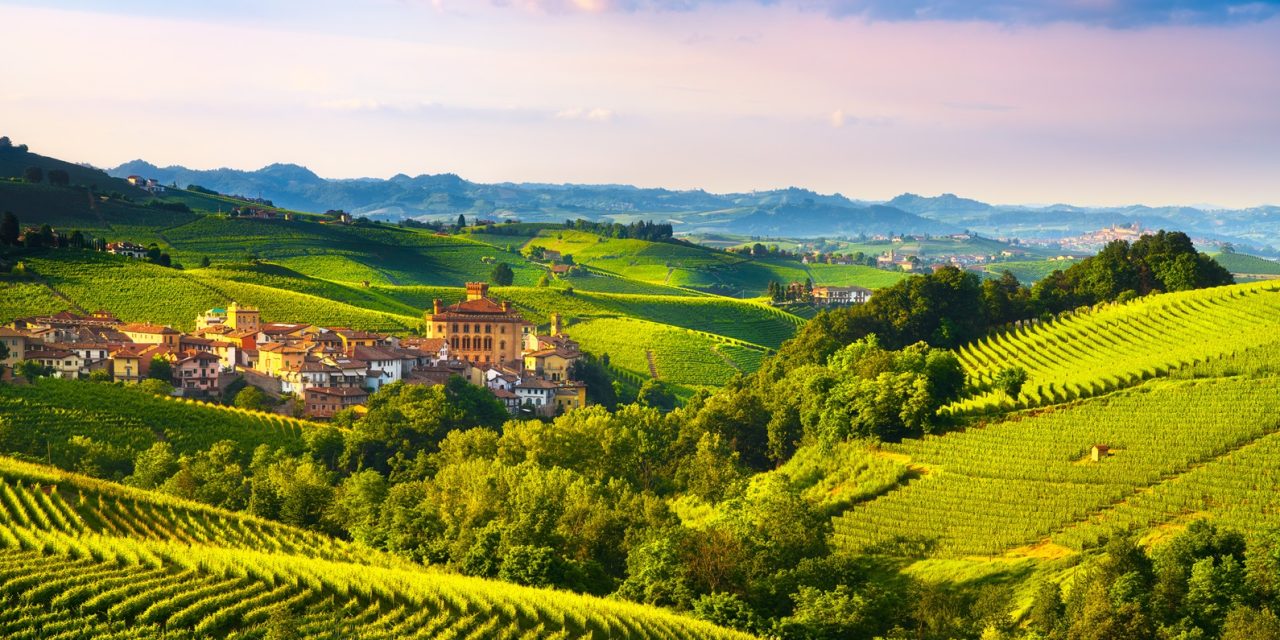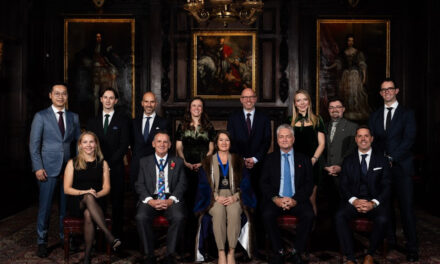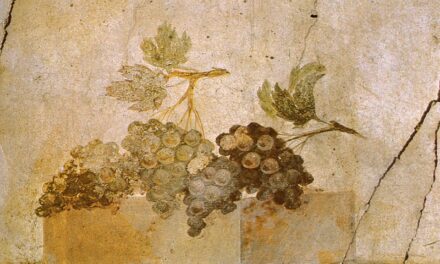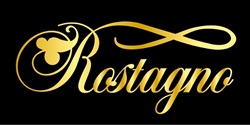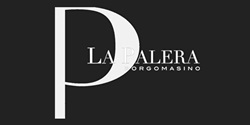At the Crossroads of Climate and Heritage: Embracing Ecological Stewardship Without Compromising the Legacy of Barolo and Barbaresco
BAROLO – In the verdant expanse of Langa, where the undulating hills whisper centuries of winemaking lore, the climate debate has stirred a profound contemplation on tradition and adaptation. Here, the discussion is not merely academic but touches the very essence of a region revered for its Barolo and Barbaresco wines. The historic crus of these vintages command millions of euros per hectare, a testament to the best positions codified by centuries-old practices. These vineyards are the lifeblood of hundreds of producers, past and present, dedicated to extracting unparalleled quality from the soil. Yet, climate change remains indifferent to history and prestige, threatening to upend long-held certainties—not only in the Langhe but in all wine territories facing existential questions about their future.
Amid this complex backdrop, Fontanafredda, a beacon of innovation rooted in tradition, unveils the “Bosco Vigna” project. This initiative, which plans to intersperse over 150 forest and fruit trees among the vineyards of Serralunga, serves as a tangible manifesto to the wine community. It underscores a commitment to biodiversity and ecological balance, aiming to rejuvenate the landscape while addressing the broader challenges of climate change.
Fontanafredda’s forward-looking approach amidst this delicate issue shines a light on the dual imperative facing the Langhe: to honor the rich tapestry of its wine-making heritage while embracing the realities of a changing climate. The “Bosco Vigna” project is a bold step towards reimagining the relationship between vineyard and environment, offering a model of stewardship that blends respect for tradition with the resilience necessary for the future.
The argument put forth by Fontanafredda hinges on the evolving climate. Recent conditions suggest that north-facing vineyard exposures, previously deemed less ideal, might now be viable for viticulture due to climate change. However, challenges such as increased humidity and disease prevalence, exemplified by the severe downy mildew (peronospora) issues of 2023, underscore the risks of hasty adaptations without thorough scientific inquiry. This perspective aligns with that of many producers who, in recent weeks, have publicly opposed the Barolo and Barbaresco Protection Consortium’s proposal to authorize vineyard expansions onto northern slopes.
The debate extends beyond ecological interventions, touching upon the regulatory soul of the region. A pivotal proposal under consideration seeks to align the bottling zone for Barolo and Barbaresco strictly with the area of vinification, a move poised to redefine the geography of these storied wines. The current practice, which permits the transportation and bottling of wine virtually anywhere, including as far afield as Denver, USA, underscores the urgency of this regulatory introspection. The proposal has garnered widespread agreement among producers, highlighting a collective desire to safeguard the integrity and locality of these cherished vintages.
As the Langhe stands at this viticultural crossroads, the decisions made today will reverberate through the ages, shaping the legacy of Barolo and Barbaresco for generations to come. In this pivotal moment, the region’s storied past and uncertain future converge, demanding a vision that is as respectful of tradition as it is attuned to the inexorable march of climate change.

